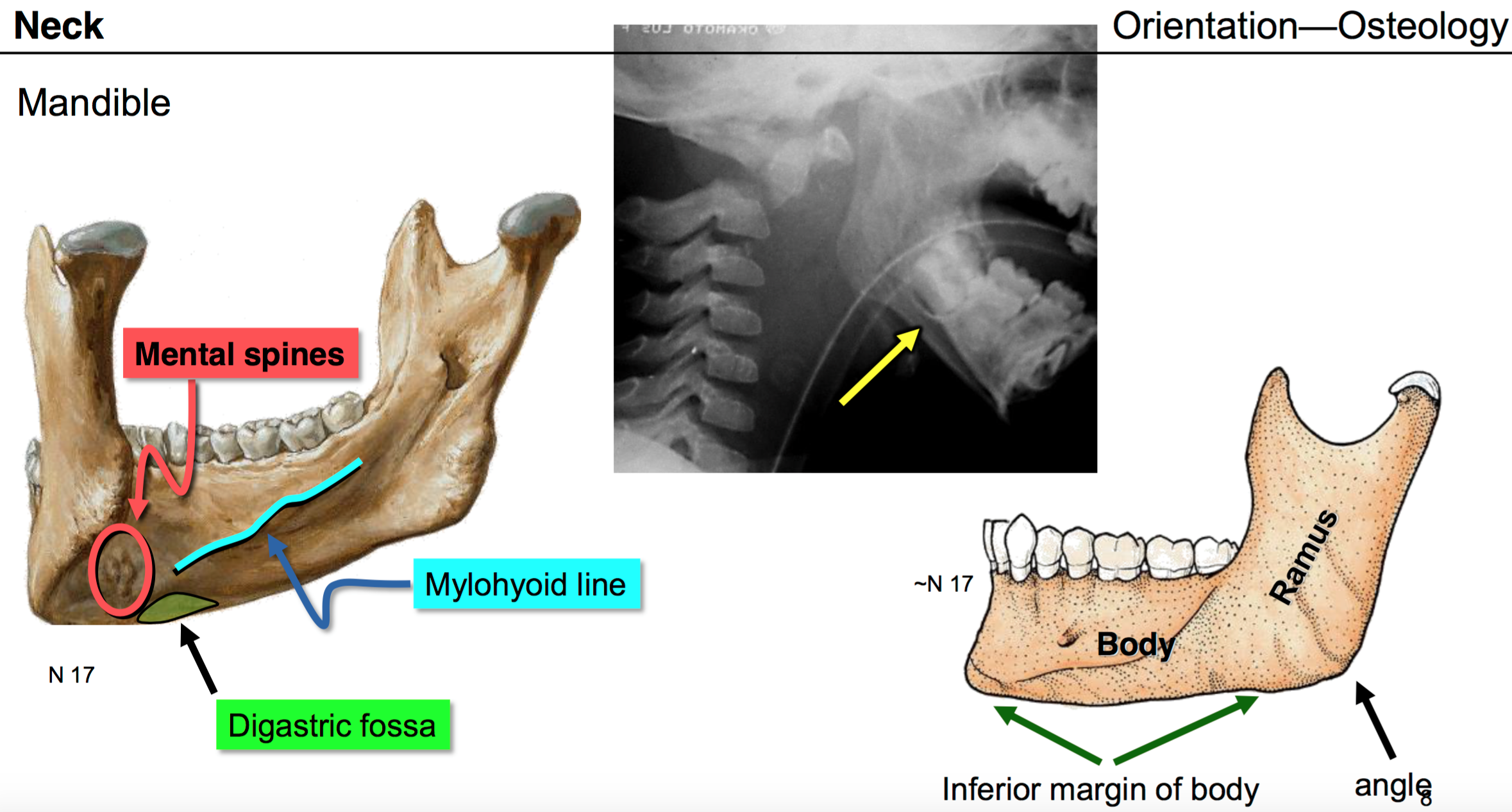
From these results, it was concluded that the anterior belly, receiving the twigs of the mylohyoid and facial nerves, had been formed by secondarily combining the most ventral and rostral part of the primordium of the stylohyoid muscle in the second branchial arch with the caudal part of the primordium of the anterior belly in the first branchial arch. Those nine cases were investigated in detail and it was clarified that they had the following three characteristics in common: (1) the twig originating from the facial nerve appears as the twig of the stylohyoid branch in most cases, (2) the twig from the facial nerve enters the anterior belly on its lower (shallow) surface and the twig of the mylohyoid nerve on its upper (deep) surface, (3) the twig of the mylohyoid nerve is distributed to the deep region and the twig of the stylohyoid branch is distributed to the shallow region of the anterior belly. Such cases were found in 8 bodies or 9 head sides among 539 bodies or 1078 head sides of Japanese subjects. In the human embryo, the arches are first seen during the fourth week of development.

In fish, the arches are known as the branchial arches, or gill arches. Forms lateral boundary of submental triangle. Nerve Supply: Anterior belly the mandibular division (V3) of the trigeminal (CN V) through the mylohyoid nerve. Forms inferoanterior boundary of submandibular triangle. Insertion: The two bellies are united by an intermediate tendon, which is connected to the hyoid bone via a fibrous sling. Is one of the suprahyoid muscles lying in the anterior triangle of the neck.

In fact, however, it is sometimes supplied by a branch of the facial nerve in addition to the mylohyoid nerve. The pharyngeal arches, also known as visceral arches, are structures seen in the embryonic development of vertebrates that are recognisable precursors for many structures. Intermediate tendon between the two bellies which itself attaches to the body of the hyoid bone. The anterior belly of the digastric muscle is usually supplied by the mylohyoid nerve, and in general anatomy textbooks, the anterior belly is invariably described as receiving no other nerve except the mylohyoid nerve.


 0 kommentar(er)
0 kommentar(er)
